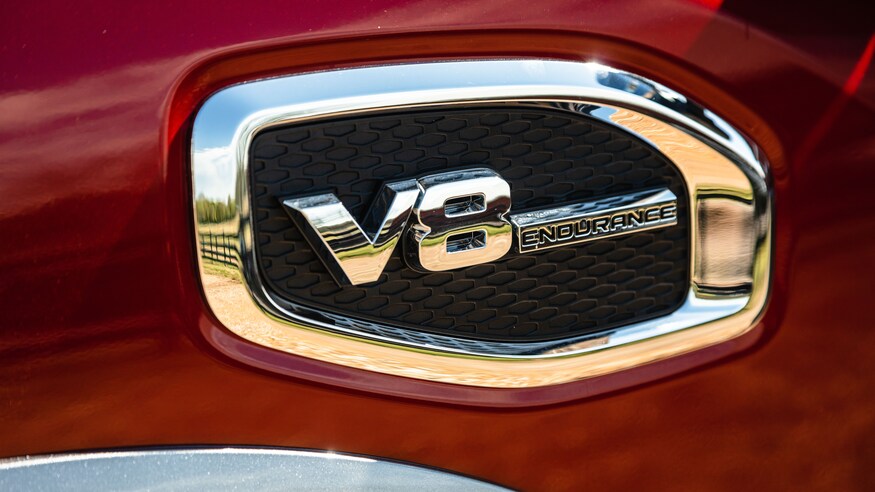No surprises, and still no Skyactiv-X
It's been more than six months since the 2020 Mazda CX-30 debuted at the Geneva auto show. Since then we've seen what engines it will get in other global markets like Europe where it's already on sale. Now, thanks to a filing on the California Air Resources Board (ARB) website, we've finally got clues as to what we could expect to find under the hood of a Mazda CX-30 in North America.
According to the filing, the 2020 Mazda CX-30 will come with two engine options, a 2.0-liter I-4 paired to either a six-speed manual or automatic transmission or a 2.5-liter I-4 coupled exclusively to the latter. We suspect that the smaller 2.0-liter will be offered in Canada but not the United States just like in the recently redesigned Mazda3. In that car, the naturally aspirated 2.5-liter I-4 makes 186 hp and 186 lb-ft of torque. It's slightly more powerful in the CX-5 and Mazda6 where it's rated at 187 hp. The filing also doesn't indicate the addition of cylinder deactivation, which was first added to that engine two years ago.
Mazda has yet to announce a firm time frame for the arrival of its Skyactiv-X 2.0-liter I-4 in North America. The engine is now offered in the Mazda3 and CX-30 in Europe so it can meet strict emissions regulations. In its current state, it makes 178 hp and 165 lb-ft of torque. It is currently the most potent powertrain option available on the Mazda3 and CX-30 in the European market.
We expect the 2020 Mazda CX-30 to officially make its North American debut at the 2019 Los Angeles auto show. In terms of size, the CX-30 slots between the subcompact CX-3 and the compact CX-5. Key competitors include the Jeep Compass, Subaru Crosstrek, Nissan Rogue Sport, and the upcoming Chevrolet Trailblazer.
























































